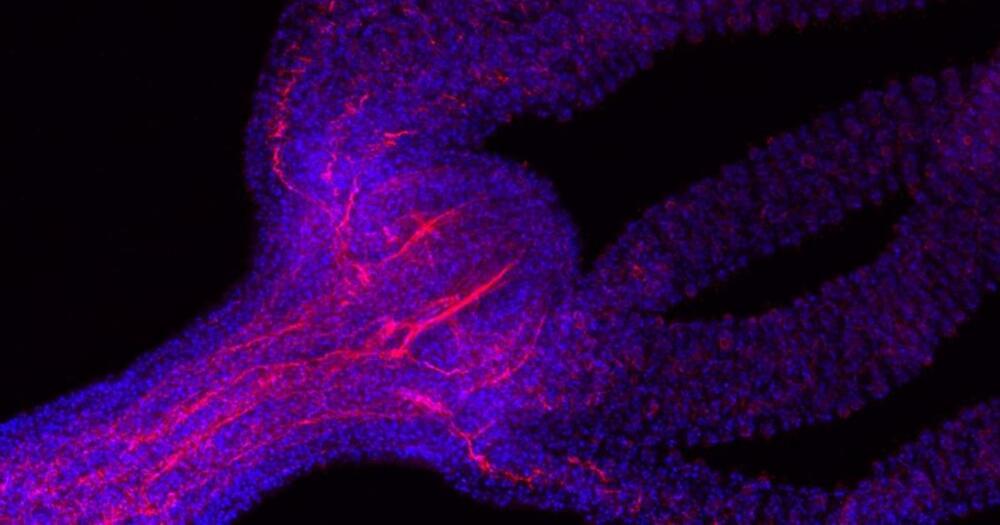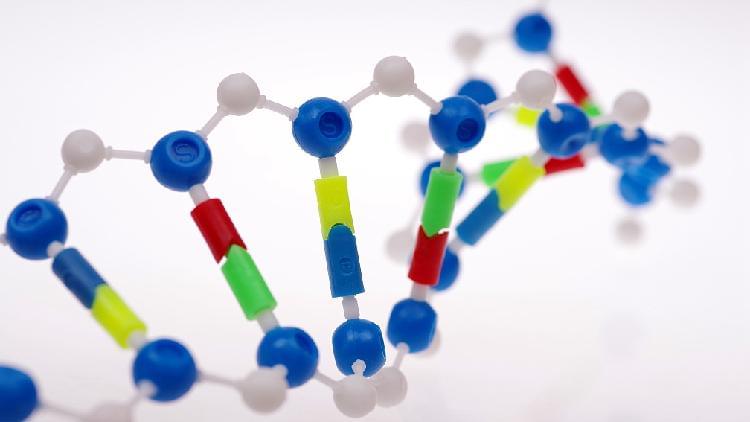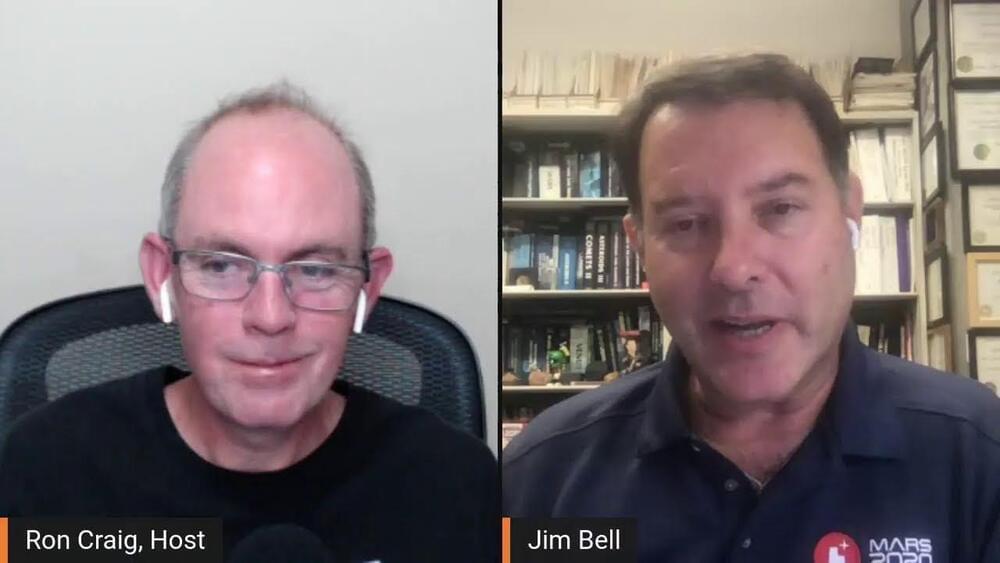And some of the genetic programming for this regenerative superpower may have been passed down to humans.
Chinese scientists developed a targeted delivery system that can conduct precise gene-editing for inflammatory bowel disease. /CFP
Chinese scientists have developed a targeted delivery system that can bring gene-editing tools to colon cells, offering a precise cure for inflammatory bowel disease.
The study, published on Thursday in the journal Science Advances, reported a CRISPR-Cas9 prodrug nanosystem that can transport a gene-editing protein exclusively to inflammatory lesions in mice colons and then “switch on” the protein.
More specifically, the diffractive pupil mirror pattern spreads starlight into a complex flower pattern. This makes it easier to show the fine detail needed to detect the small wobbles a planet would make in the star’s motion.
TOLIMAN fills an important niche in the study of exoplanets, searching for them around the very nearest stars. As has been noted, that task has actually been more difficult, so far, than finding planets around more distant stars. TOLIMAN will focus on detecting these worlds, if they are there. What will it find?
Bottom line: A new custom-designed space telescope mission called TOLIMAN will search for nearby habitable planets in the closest star system to Earth, Alpha Centauri.
Engineered Arts, a robotics firm located in the United Kingdom, released a video showing a humanoid robot that looks exceptionally lifelike — and suddenly the science fiction movie I, Robot is trending.
The company named their robot Ameca, but Ameca’s hyper-realistic expressions and motions look eerily like Sonny, the fictional android (played by actor Alan Tudyk) who co-starred with Will Smith in the film. It may be a coincidence, or it’s one more example of science fiction inspiring real life tech.
In the Engineered Arts video, the grey-faced humanoid robot wakes up, makes a surprised expression, and then examines its own hands as if it also can’t believe how real it looks. The company calls Ameca “the world’s most sophisticated human-shaped robot” — which may be self-promoting, but perhaps not underserved, based on that video.
What if Elon Musk told you that you could store your memories as a backup and then download them into a robot body. Sounds like science fiction to you, Well believe it or not it’s true and he has already launched a company called Neuralink to pursue this futuristic goal.
But how does it work and how exactly is elon musk going to pull this one-off. Well, we’ll answer these questions and take a deeper look into Neuralink and how it could change humanity forever.
The Neuralink is a small brain implant that will generate and manipulate neurons in your brain to cure health problems like addiction, blindness, depression, and other various brain-related problems.
As the spread of electric vehicles continues to gain speed across the globe, the electric charging network needs to keep pace with the growing demand. Tesla, the global leader in electric vehicles, has spent millions to expand its supercharging network and the company currently has more than 25,000 supercharging stations across the planet. The EV manufacturer is looking to democratize its superchargers, and in certain regions, you can charge your Porsche Taycan right next to regular Tesla offerings such as the Model 3 and Model S, but some have been experiencing an unpleasant trend in recent times: internal combustion engine (ICE) vehicles are blocking charging stations. This act is known as “ICEing”, and it has become such an issue in China that Tesla has banded with its customers to come up with an interesting solution.
Daniel Ek, CEO of popular commercial music streaming platform Spotify, invests over $133 million in artificial intelligence-powered defense technology startup Helsing. Daniel made the investment through his funding company named Prima Materia during the Series A funding round of Helsing.
Additionally, Daniel Ek will join Helsing’s board of directors as a part of the investment. Helsing plans to use the newly raised funds to integrate artificial intelligence technology in military equipment and weapons to expand their capabilities.
According to the company, the developed AI-powered equipment will first be made available to French, German, and British militaries. Helsing aims to provide an information advantage to armies of democratic countries with the use of artificial intelligence.
Sony files a patent that could transform how PlayStation games track ‘disruptive behavior’ with a proactive automated system.
If you missed this episode live, here is another chance for you to watch! Please share with your network so others can enjoy. Please follow The Mars Society and visit our website at marssociety.org for more content and updates. #mars #space #stem #redplanetlive
We’re sending a new pair of X-ray eyes into the universe!
NASA’s Imaging X-ray Polarimetry Explorer (IXPE) is our first satellite dedicated to measuring the polarization of X-rays. Polarized light is made up of electric fields that vibrate in a single direction—and IXPE’s state-of-the-art X-ray vision will help scientists study the spin of black holes, the magnetic fields of pulsars, and other cosmic phenomena.
IXPE is targeted to launch at 1:00 a.m. EST, Dec. 9 (06:00 UTC), aboard a SpaceX Falcon 9 rocket from NASA’s Kennedy Space Center in Florida.
Learn more about the mission at: http://www.nasa.gov/ixpe









